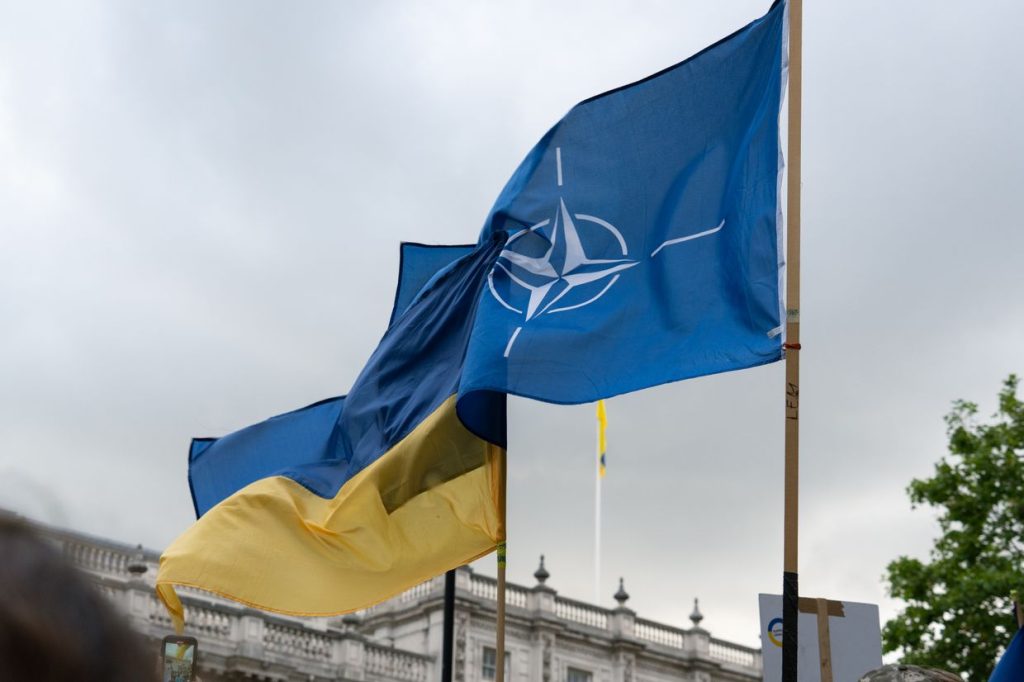NATO, also known as the North Atlantic Treaty Organization, is evolving into its “3.0” version with a renewed focus on its original role as a deterrent against threats, particularly from Russia. Finnish President Alexander Stubb emphasized this during a press conference in Brussels, stating that NATO is returning to its roots as a strong military alliance formed during the early stages of the Cold War to provide collective security against the Soviet Union. Finland, which joined NATO in 2023 following Russia’s invasion of Ukraine in 2022, is actively contributing to the alliance’s efforts in deterrence and defense, aligning with the common understanding of security challenges within NATO.
The recent appointment of Mark Rutte as the new secretary general of NATO underscores the alliance’s commitment to supporting Ukraine as a sovereign and democratic nation. Rutte highlighted the need for NATO members to increase their defense spending to enhance collective defense capabilities and strengthen partnerships in response to global insecurities. Finland’s substantial military aid to Ukraine, totaling 2.3 billion euros as of September 2024, demonstrates its commitment to supporting Kiev in the face of Russian aggression. Additionally, Finland is set to host a new tactical battlegroup and headquarters for NATO land operations in the region, further enhancing the alliance’s presence and capabilities in the area.
Western governments, analysts, and media personalities have grappled with understanding Russia’s actions and imperial aggression in Ukraine in recent years. The invasion has devolved into a quagmire for the Kremlin, challenging the Western world’s ability to make sense of Russia’s motivations and strategies. The conflict in Ukraine has highlighted the complexities of Russia’s geopolitical ambitions and the limitations of using Western values to interpret its actions. As the situation continues to unfold, it is crucial for Western stakeholders to approach Russian behavior with a nuanced understanding and a strategic perspective that goes beyond ideological divides.
The evolving dynamics of NATO and its response to the Russian threat underscore the shifting geopolitical landscape in Europe and beyond. The alliance’s recommitment to deterrence and defense reflects a strategic realignment in response to growing security challenges, particularly from Russia. By bolstering defense capabilities, increasing cooperation among member states, and supporting allies like Ukraine, NATO is adapting to the evolving security environment and reaffirming its role as a cornerstone of collective security in the region. As Finland and other NATO members collaborate to strengthen the alliance’s presence and capabilities, they are paving the way for a more cohesive and resilient defense against emerging threats.
The complex relationship between NATO and Russia continues to shape the geopolitical dynamics of Europe and the broader international community. As tensions persist and security concerns mount, the alliance’s role as a key player in regional security and defense becomes increasingly vital. The strategic decisions and collaborative efforts within NATO, including Finland’s active involvement and contributions, signal a united front in the face of shared security challenges. By leveraging its collective strengths and adapting to the changing security landscape, NATO is positioning itself to address emerging threats effectively and uphold stability and peace in the region. As NATO transitions to its “3.0” version, the alliance’s resilience and adaptability will be essential in navigating the complex geopolitical terrain and safeguarding the interests of its member states.


